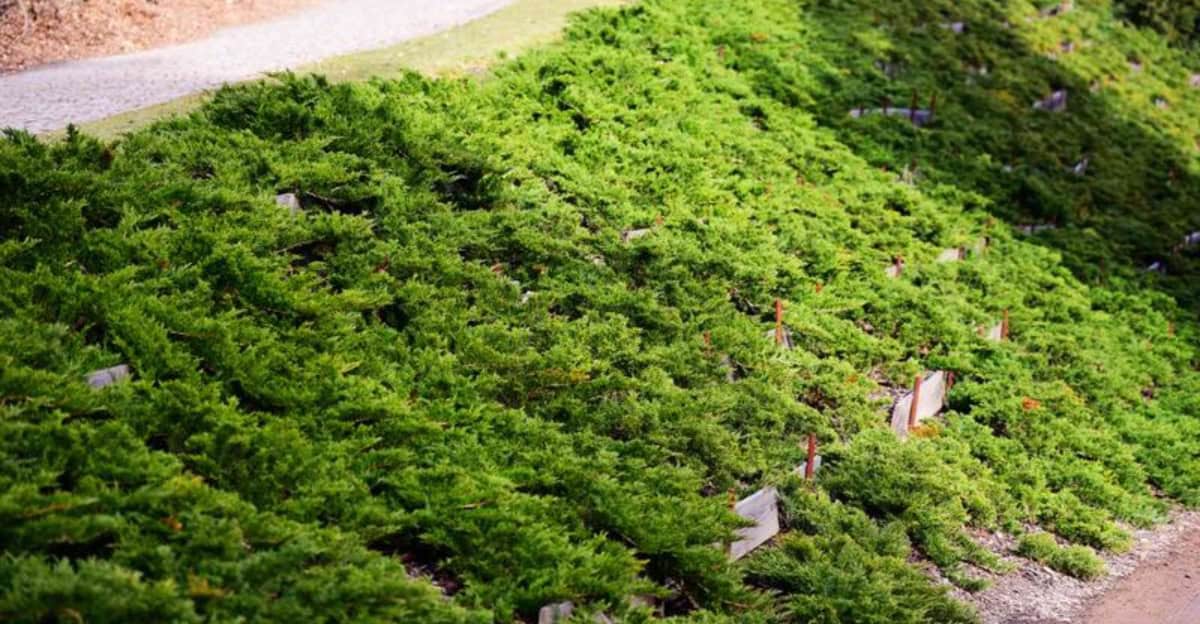Soil erosion is a common challenge for many landscapes, causing damage and reducing soil fertility.
To protect your landscape and maintain its beauty, incorporating plants known for their erosion-controlling properties is essential.
These plants not only stabilize the soil but also add aesthetic value to your garden. Explore these top picks to ensure your landscape remains lush and secure.
1. Creeping Juniper
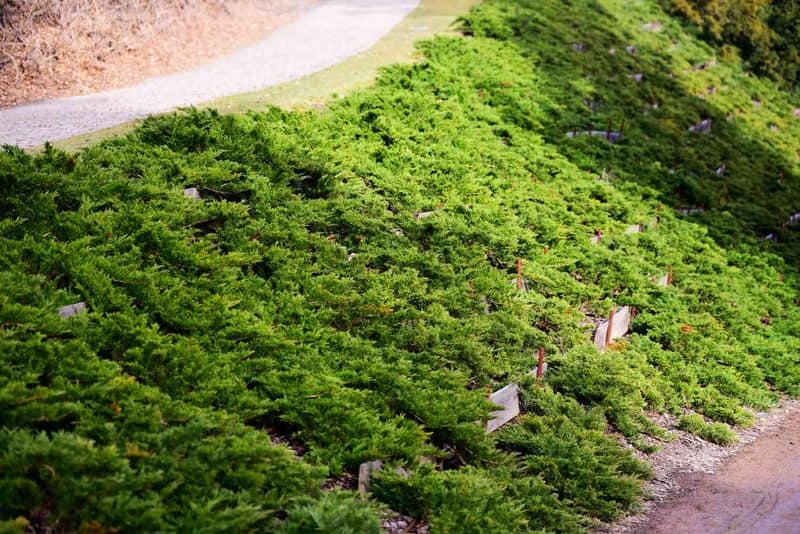
Creeping Juniper is an excellent ground cover plant, perfect for stabilizing slopes. Its sprawling branches create a dense mat that prevents soil erosion.
It thrives in various soil types and requires minimal maintenance. This evergreen is ideal for adding texture and color to landscapes, ensuring soil remains intact and attractive.
2. Switchgrass
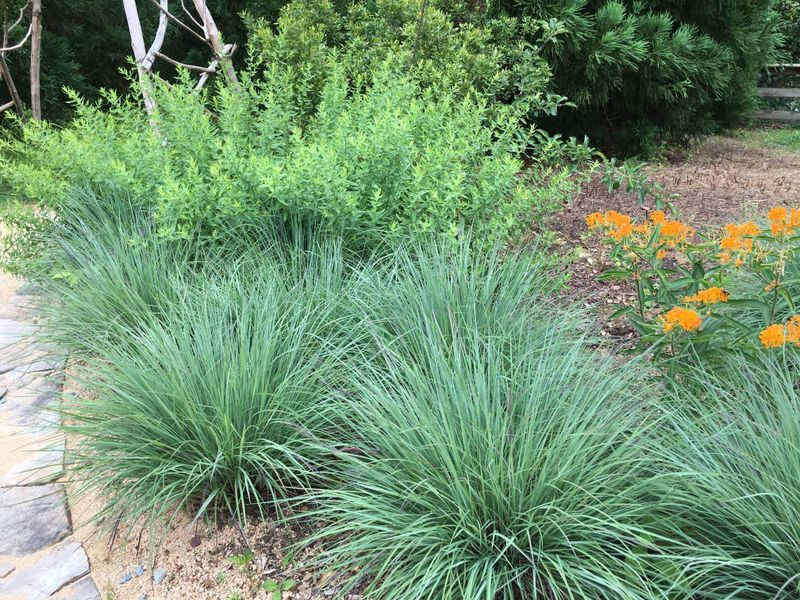
Switchgrass is a native prairie grass known for its deep root system. These roots hold soil firmly in place, preventing erosion on slopes.
This hardy plant thrives in diverse conditions, from dry to wet soil. Its ornamental seed heads and tall stature add visual interest to landscapes while protecting them.
3. Purple Coneflower
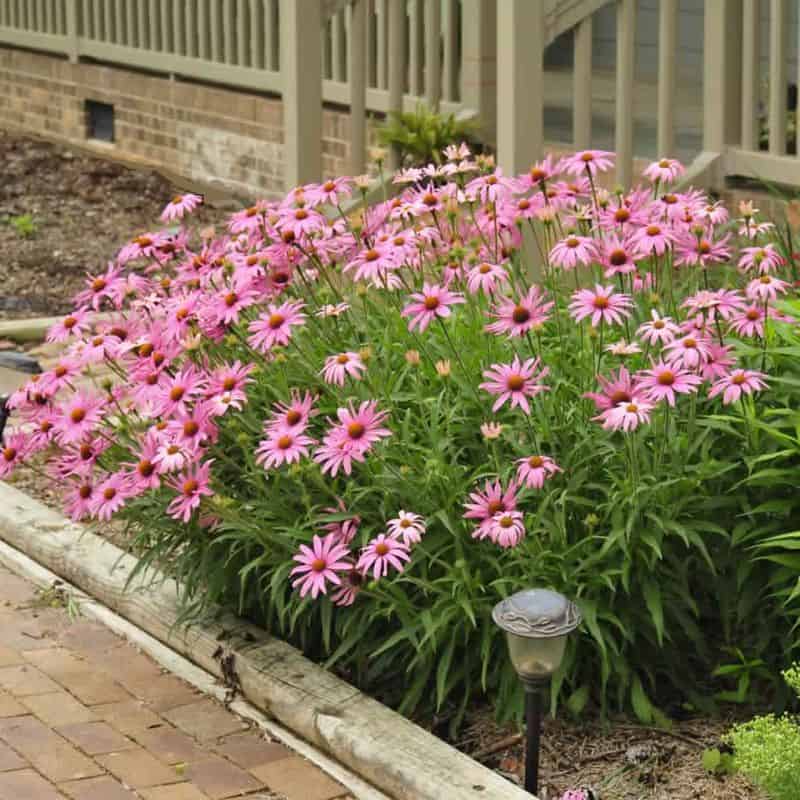
Purple Coneflower is not only beautiful but also effective in erosion control. Its robust roots stabilize soil, making it perfect for slopes.
This drought-tolerant perennial attracts pollinators, adding biodiversity to gardens. With its striking flowers, it adds color and support to landscapes, making it a favorite among gardeners.
4. Red Fescue
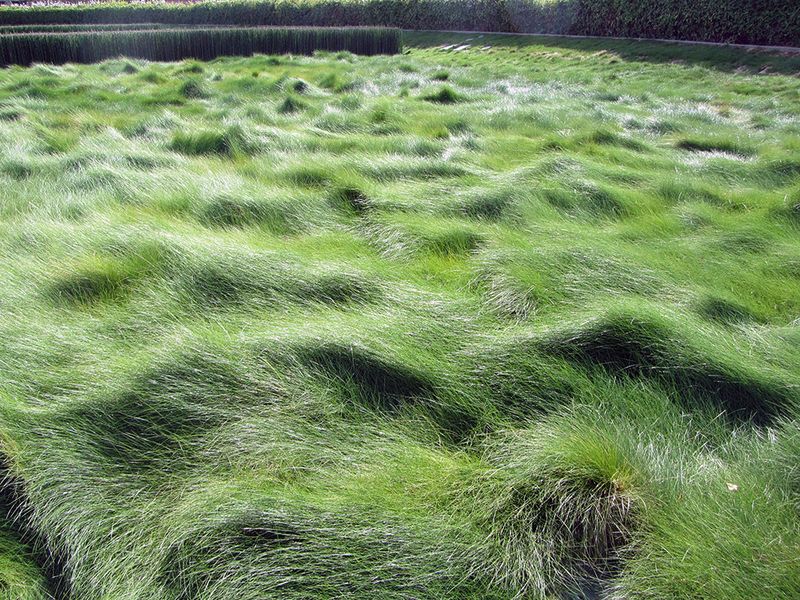
Red Fescue is a versatile grass known for erosion control. It forms a dense sod, effectively holding soil in place. Ideal for shady areas, it requires little fertilization.
Its fine-textured leaves create a soft carpet-like appearance, enhancing landscapes while preventing soil displacement and ensuring long-term protection.
5. Daylilies
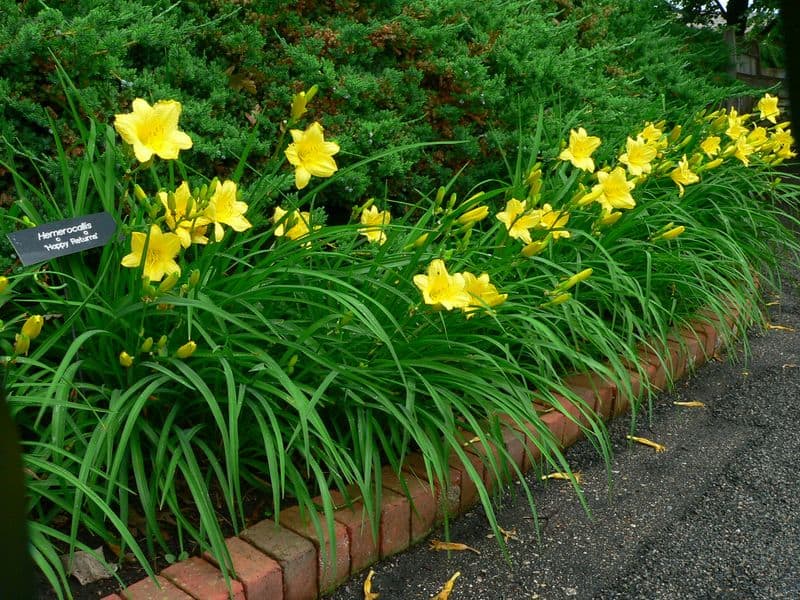
Daylilies are popular for their vibrant blooms and erosion-fighting abilities. Their dense root systems grip soil tightly, preventing washouts.
These low-maintenance perennials flourish in various conditions, providing color throughout the growing season. They are a great choice for gardeners seeking beauty and functionality in their landscape design.
6. Big Bluestem
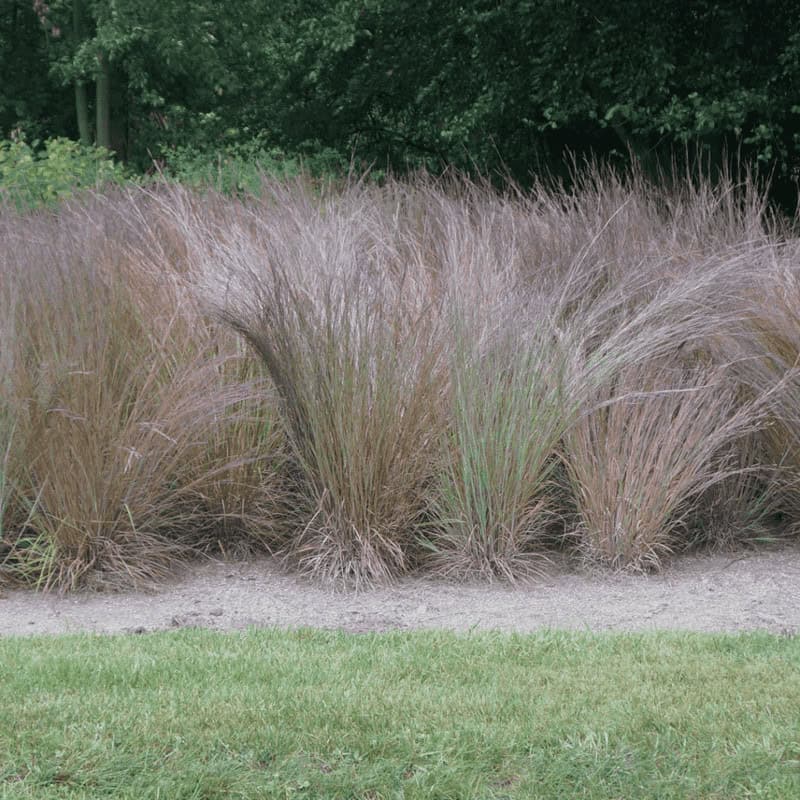
Big Bluestem is a dominant prairie grass with extensive roots, excellent for erosion control. It thrives in poor soil and drought conditions, making it resilient.
Its tall, graceful stems add vertical interest to landscapes. Known as the “king of grasses,” it stabilizes soil beautifully while supporting ecosystem diversity.
7. Crown Vetch
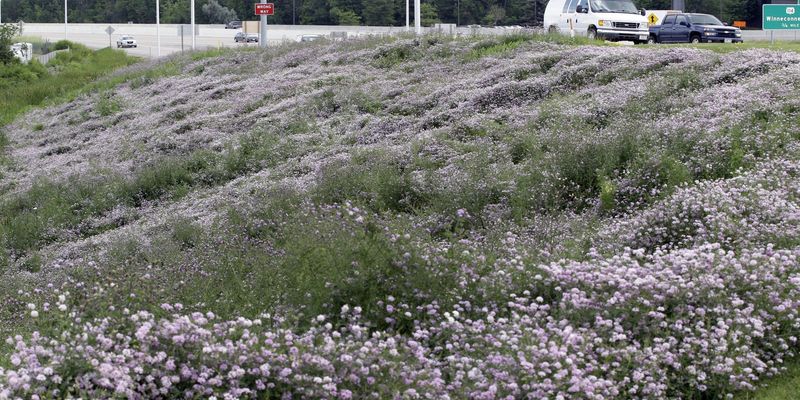
Crown Vetch is a perennial ground cover with a dense, spreading habit. Its root system is effective in controlling erosion, making it ideal for slopes and banks.
It thrives in poor soil and requires minimal care. Its delicate, pinkish-purple flowers add a soft touch to landscapes, making them more inviting.
8. Hostas
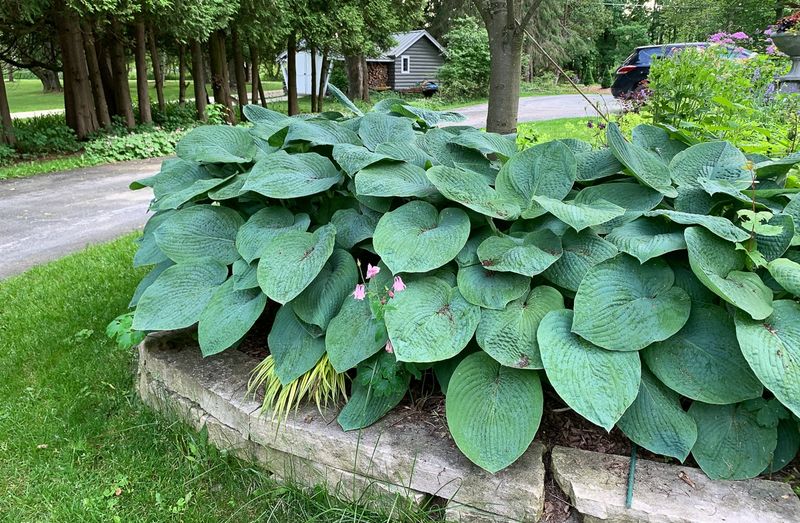
Hostas are shade-loving perennials with broad leaves that help control soil erosion. Their extensive root systems stabilize soil, particularly in shaded areas.
Hostas are available in a variety of colors and sizes, adding visual interest and texture to gardens. They are perfect for enhancing shady spots with elegance.
9. Beach Grass
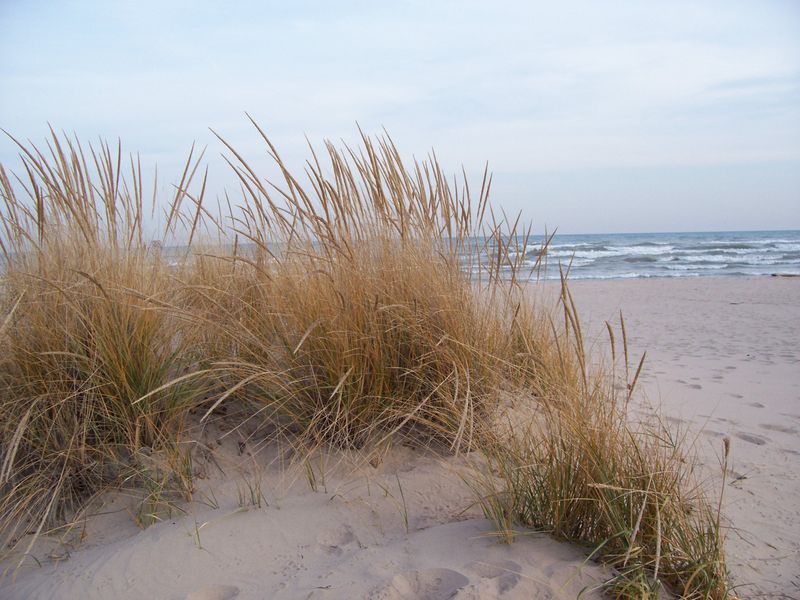
Beach Grass is renowned for its ability to stabilize sandy soils. Its long roots anchor dunes, preventing erosion by wind and water.
Commonly found in coastal areas, it thrives in harsh conditions. Its slender, green blades offer a serene, natural look, ideal for landscapes near bodies of water.
10. Sedum
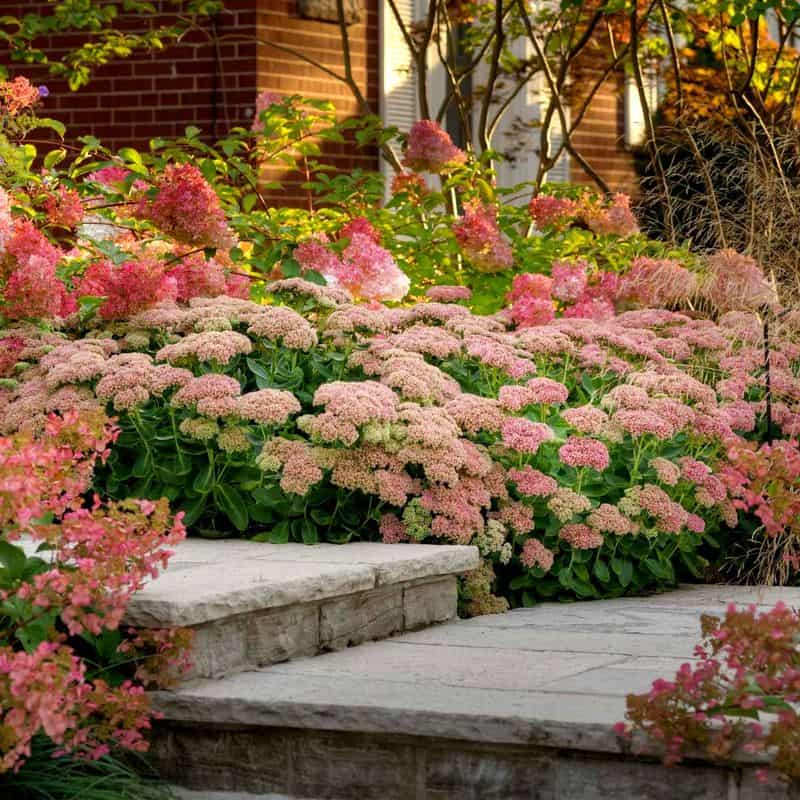
Sedum, with its succulent leaves, is excellent for erosion control in rock gardens. Its shallow roots spread quickly, holding soil in place.
This drought-tolerant plant thrives in poor soil, making it a low-maintenance choice. Its vibrant flowers and varied foliage colors add beauty and interest to any landscape.

